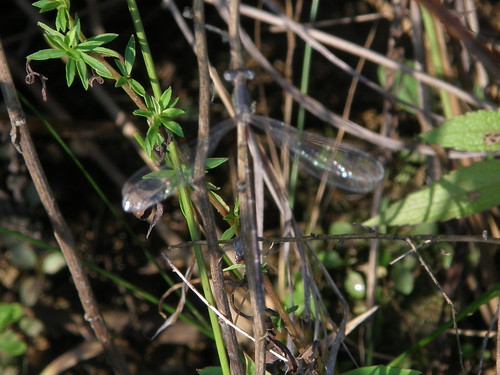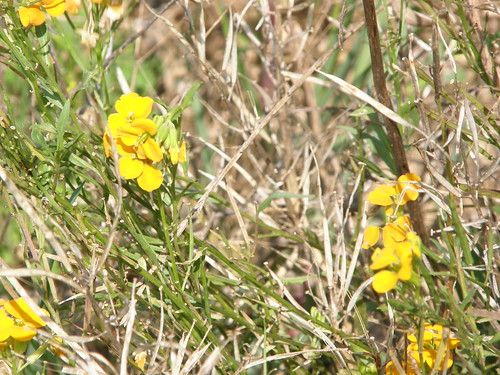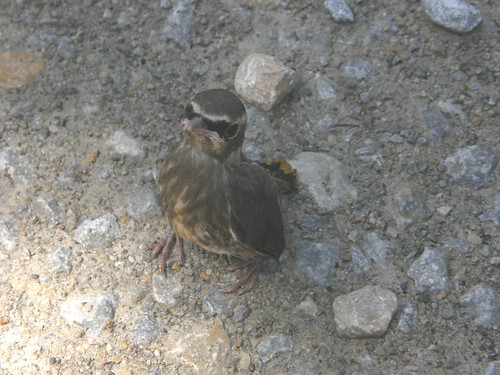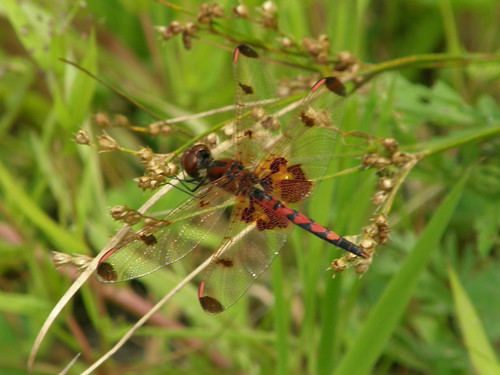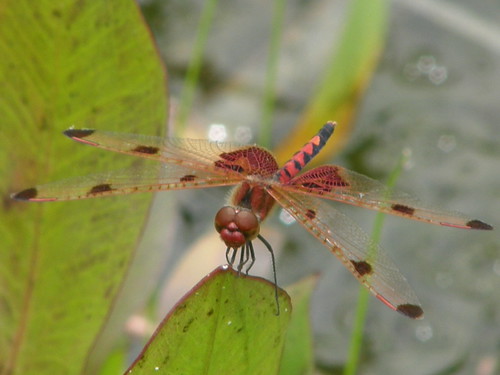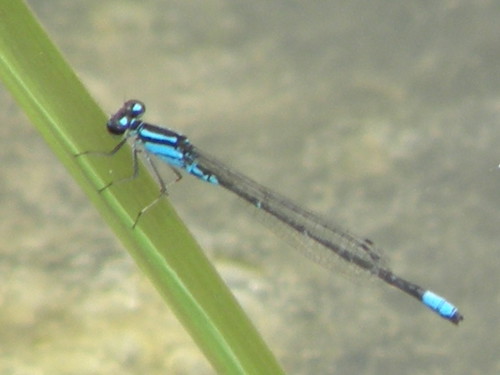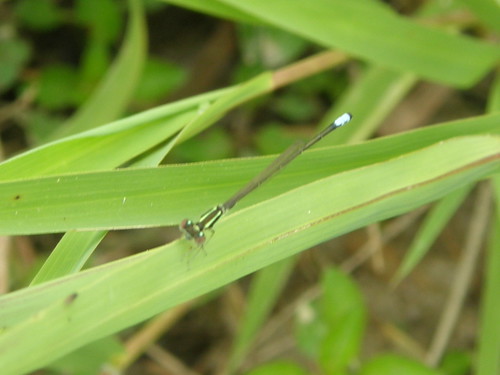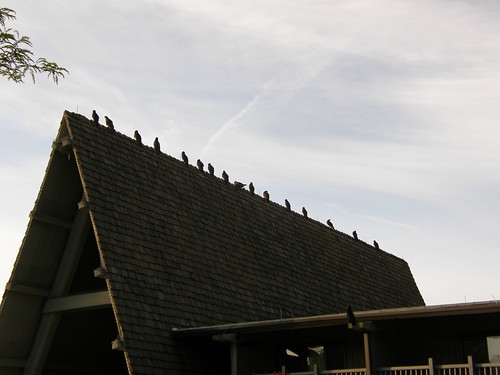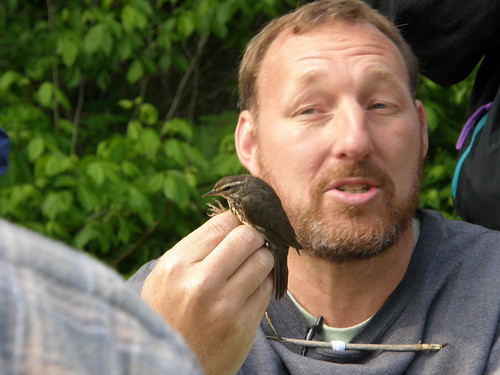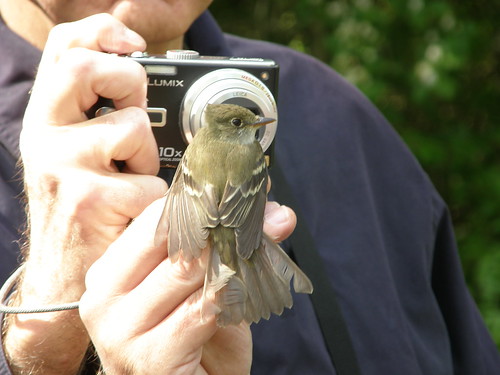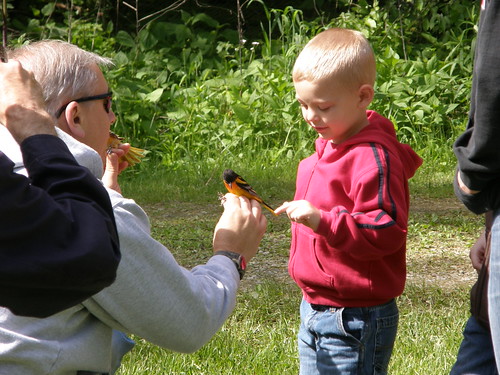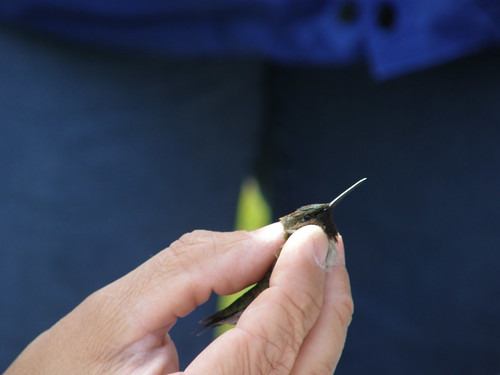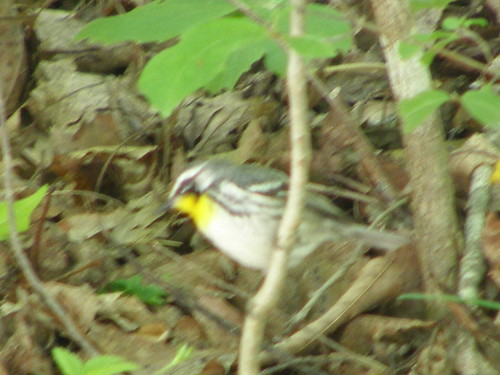Did you know that a group of vultures is called a wake?
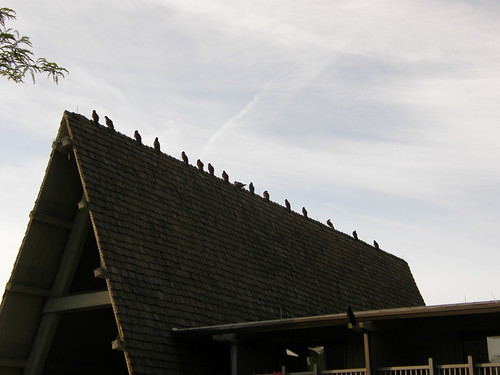 A "wake" of Black and Turkey Vultures.
A "wake" of Black and Turkey Vultures. Black Vulture Coragyps atratus
Black Vulture Coragyps atratusTurkey Vultures are one of very few birds that can actually smell, which allows them to locate carrion by scent. Black Vultures (which cannot smell) take advantage of the TV's ability to find carcasses by scent and often repay the TVs by bullying them while feeding.
 Turkey Vulture Cathartes aura Photo: USFWS
Turkey Vulture Cathartes aura Photo: USFWSAccording to DNA studies, New World Vultures, (Black and Turkey Vultures around here) are more related to storks than raptors. Many people find this hard to envision, but when I picture storks like the Wood Stork and Jabiru , the similarities are very apparent to me. This is called convergent evolution.
 Turkey Vulture Cathartes aura Photo: USFS
Turkey Vulture Cathartes aura Photo: USFSDid you know that the pH of a vulture's stomach acid is 0 (pH of water is 7)? This makes it very corrosive and allows them to eat rotting flesh that contains bacteria/toxins such as anthrax and botulinum, which would kill just about any other animal. This also allows them to use it as a weapon, for when they feel threatened, they can projectile vomit at their harasser.


I think vultures are cool! Tweet
